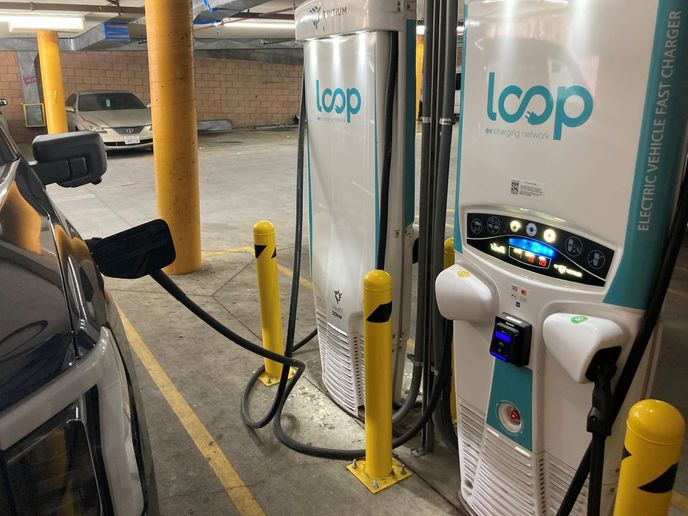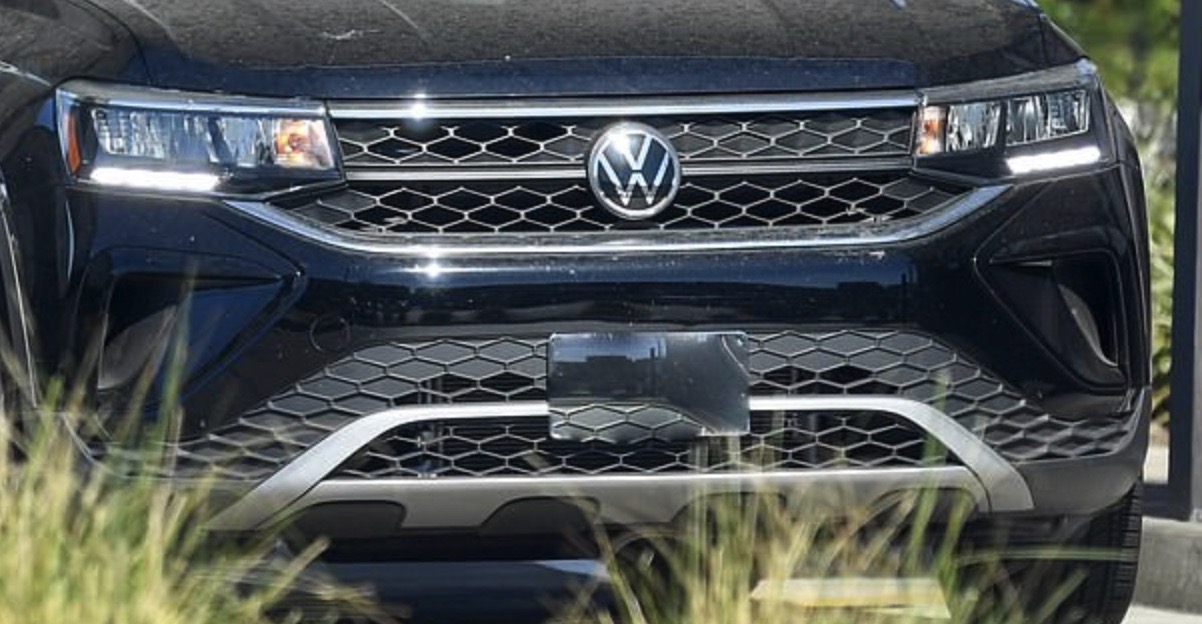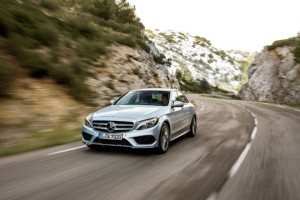
BUDAPEST, Hungary — Formula One champion Max Verstappen overcame a spin and his worst starting spot of the season to win the Hungarian Grand Prix on Sunday. His eighth win of the season pushed Verstappen’s lead to 80 points over Charles Leclerc as F1 heads into its midseason break.
Even though his advantage keeps increasing, Verstappen is not thinking ahead.
“It’s of course a great lead,” he said. “But if you want to fight for championships, you can’t afford many mistakes.”
Mercedes placed both its cars on the podium for the second straight race; seven-time F1 champion Lewis Hamilton carved his way from seventh to a second-place finish, teammate and pole-sitter George Russell was third.
Carlos Sainz Jr. finished fourth in another disastrous day for Ferrari. Leclerc was sixth, one spot behind Sergio Perez of Red Bull.
Verstappen’s eighth win of the season was the 28th of the Dutchman’s career.
“Who would have thought when we woke up today we’d get this result? Amazing,” Verstappen told his team, letting out a laugh. “I was battling a lot of guys and it was a lot of fun out there. That was a crazy race but (we) stayed calm and we won.”
He qualified a season-worst 10th because of a loss of power on Saturday, then in Sunday’s race Verstappen did a 360-degree spin.
“Unbelievable Max, that is right up there with your best,” Red Bull team principal Christian Horner replied. “Fantastic.”
Russell, who started from the pole for the first time in his career, led 30 laps until Leclerc passed him on the outside as dark clouds rolled over the Hungaroring circuit and a light rain began to fall.
With Leclerc leading, Verstappen undercut for quicker tires. Ferrari made a mistake in choosing the more durable hard tires for Leclerc.
“These tires are (expletive),” Leclerc said.
He later explained that he thought it was the wrong call.
“I made it clear that I wanted to keep (the medium tire) as long as possible, but we pitted very early for the hard, which we need to understand why. I think stopping for the hard was the turning point,” Leclerc said. “Before thinking about the championship, to be honest, as a team we need to understand what we need to do to get better. Because otherwise it’s going to be really difficult.”
Moments later, Verstappen lost grip and spun on track, allowing Sainz to take the lead from Hamilton. Leclerc passed Verstappen, only to lose position soon after because Verstappen had faster tires.
“It was very tricky conditions out there but we had a really good strategy,” Verstappen said. “We were really reactive, always pitting at the right time. Even with the 360 we still won.”
Recalling the spin, Verstappen said: “I went on throttle and completely lost the rear, it caught me out.”
Ferrari’s strategy woes just won’t go away. Leclerc has seen two nailed-on wins disappear — at the Monaco GP and the British GP — after team calls dropped him down from a dominant position into fourth place.
Ferrari botched Sainz’s next tire stop on Lap 47, taking too long to fit his rear left tire.
“It always feels like there’s always something going on, reliability, mistakes, whatever,” a clearly frustrated Leclerc said.
Hamilton stayed out but was losing time to Verstappen as the rain increased.
Leclerc, who crashed when leading the French Grand Prix last week, came in for a third tire change on Lap 55.
Ferrari’s strategy calls even confused Verstappen.
“I think Ferrari chose their wrong tires in their final stint before they pitted again,” Verstappen said. “Ferrari was very fast, they just made the wrong call with the hard tire (for Leclerc).”
Lando Norris finished seventh for McLaren, Fernando Alonso was eighth and his Alpine teammate Esteban Ocon was ninth. Sebastian Vettel of Aston Martin was 10th.
Vettel, who won his four F1 titles with Red Bull from 2010-13, is retiring at the end of the season, by which point Verstappen may well have beaten his F1 record of 13 wins in a season from 2013.
After a month-long break the season resumes with a triple header in Belgium, the Netherlands and Italy.
“For both cars to be on the podium is really special for us. The other guys have an edge but we’re clearly closing the gap,” Hamilton said. “Hopefully we’ll bring more into the second half of the season and start fighting with the guys at the front.”
Russell pointed out how, not so long ago, Mercedes was lagging way behind Red Bull.
“We were finishing one minute behind, and now we’re 10 seconds back,” he said.
Verstappen also has good reason to welcome the resurgence of Mercedes.
“It’s good they’re competitive,” he quipped. “It means they can steal more points off Ferrari.”
AlphaTauri’s Pierre Gasly started from the pit lane after being penalized for multiple engine-part changes and finished 12th.
McLaren’s Daniel Ricciardo showed some of his old form with a great double overtake on Ocon and Alonso approaching midway through the race, celebrating with an exuberant expletive.
But Ricciardo wasn’t laughing later on as the Australian driver got a five-second time penalty for clipping Lance Stroll’s Aston Martin and sending him off track. Ricciardo placed a lowly 15th.
For GREAT deals on a new or used Mercedes check out Mercedes of Flagstaff TODAY!








